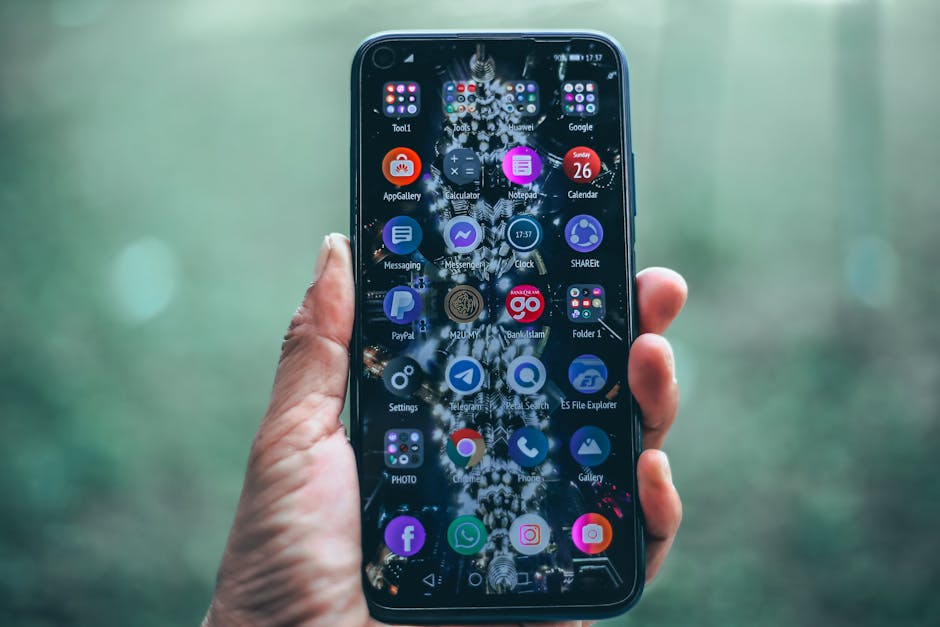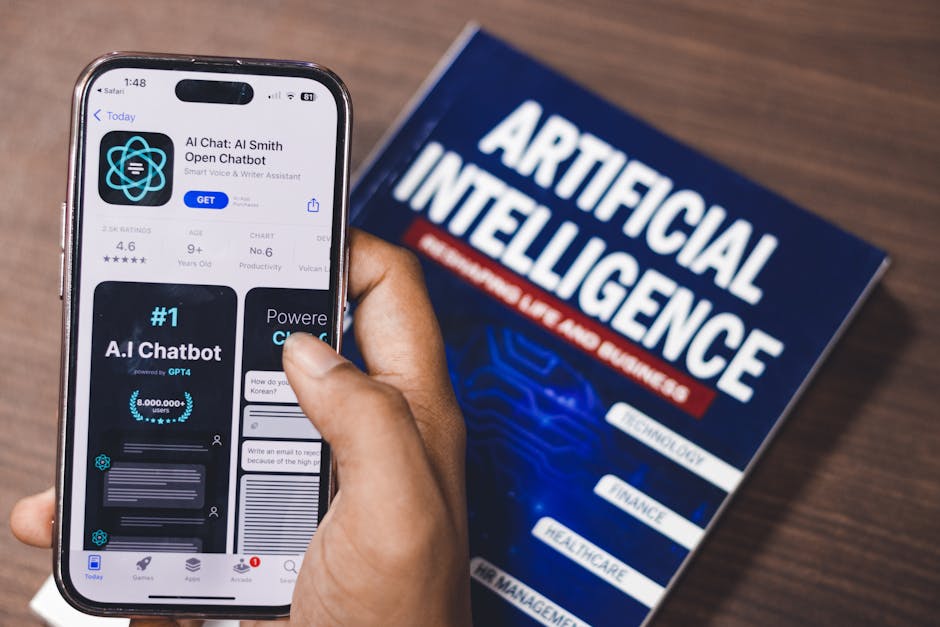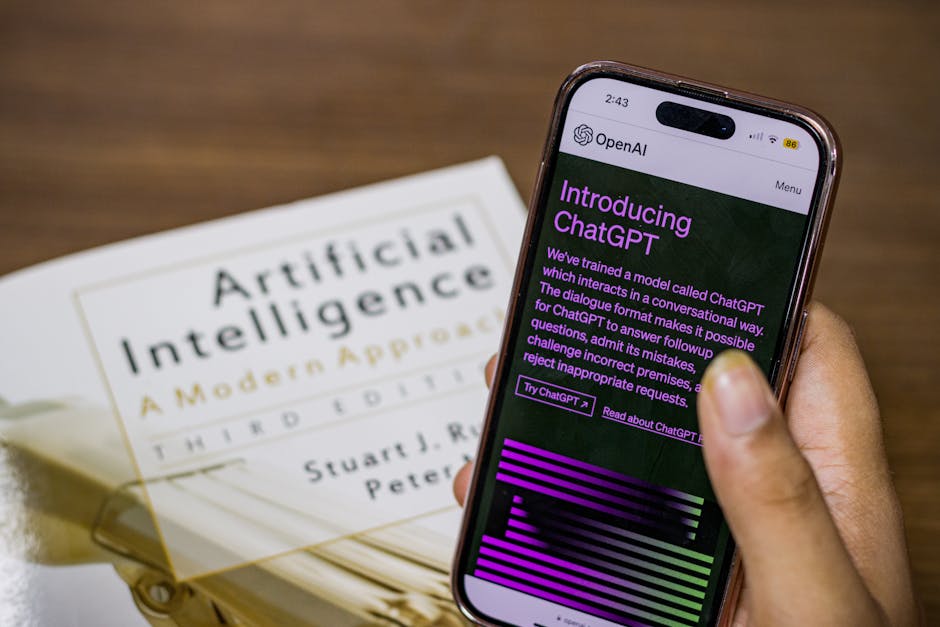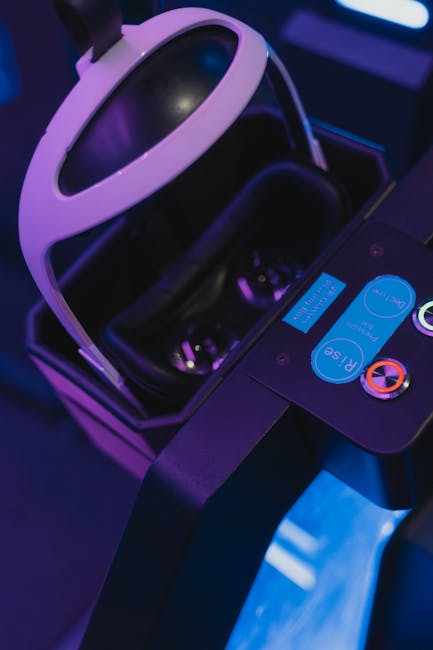Unlock encrypted content
Please enter your SSCE key to initiate on-the-fly decryption.
Decryption key: (Click cancel if you don't have the key)
Copied link to clipboard.
This feature is unavailable for free accounts. Upgrade now and enjoy all Premium benefits.
Go Premium!
This feature is unavailable for free accounts. Upgrade now and enjoy all Premium benefits.
Go Premium!
Please open this page in browser ( Google Chrome or Safari ) to use this feature.
Open In Browser
Virtual Realities: Augmented Human Experience and the Future of Technology
Random related video for this blog.
Copied share link to clipboard.
From data sovereignty options to automatic backup and instant file synchronization, these innovations are revolutionizing the way we interact with the digital world. In this article, we will explore the potential of these technologies and their impact on various industries.
Virtual Realities: Expanding Boundaries
Virtual realities (VR) have come a long way since their inception. They have evolved from simple gaming experiences to immersive simulations that can transport users to entirely new worlds. With the help of advanced headsets and motion tracking devices, individuals can now explore realistic environments, interact with virtual objects, and even collaborate with others in a shared virtual space. One of the most exciting applications of VR is in the field of education. Students can now dive into virtual history lessons, explore ancient civilizations, and witness scientific phenomena up close. This technology has the potential to revolutionize traditional teaching methods by providing hands-on experiences that were previously impossible. Another area where VR is making waves is in the realm of healthcare. Surgeons can now practice complex procedures in a virtual environment, allowing them to refine their skills without putting patients at risk. Additionally, VR therapy is being used to treat a variety of mental health conditions, such as phobias and post-traumatic stress disorder (PTSD).Augmented Human: Enhancing Our Potential
While virtual realities create entirely new worlds, augmented human technology enhances our existing reality by overlaying digital information onto the physical world. This technology has the potential to transform industries such as manufacturing, logistics, and healthcare by providing workers with real-time information and guidance. One of the most exciting applications of augmented human technology is in the field of remote assistance. Imagine a scenario where a technician in a remote location can guide an on-site worker through complex repairs using augmented reality glasses. This not only improvesefficiency but also reduces the need for costly travel and minimizes downtime. Augmented human technology also has the potential to revolutionize the way we interact with computers. Instead of relying on traditional input devices such as keyboards and mice, users can simply gesture or speak commands, making the interaction more intuitive and natural. This could have profound implications for individuals with disabilities, allowing them to access digital information and services more easily.
Bioprinting: The Future of Healthcare
Bioprinting, the process of creating three-dimensional tissues and organs using living cells, is poised to revolutionize the field of healthcare. This technology has the potential to solve the organ shortage crisis by providing a limitless supply of organs for transplantation. Currently, bioprinting is being used to create tissues such as skin, blood vessels, and cartilage. However, researchers are working towards more complex structures, including functional organs such as hearts and kidneys. While there are still many challenges to overcome, such as ensuring the long-term viability of printed organs, the potential impact on human health is immense. In addition to organ transplantation, bioprinting has the potential to revolutionize drug discovery and personalized medicine. Researchers can use bioprinted tissues to test the efficacy and safety of new drugs, reducing the need for animal testing and accelerating the development of life-saving treatments.Data Sovereignty Options: Safeguarding Digital Assets
As our reliance on digital data grows, so does the need to protect it. Data sovereignty refers to the legal and political rights of individuals and organizations to control their data. With increasing concerns about privacy and security, it is crucial to have options that allow individuals and businesses to retain control over their digital assets. One emerging trend in data sovereignty is the use of decentralized storage systems. These systems distribute data across multiple nodes, making it more resilient to attacks and ensuring that no single entity has complete control over the data. This technology, coupled with encryption and strong access controls, provides individuals and organizations with greater control over their data. Another option for data sovereignty is the use of private cloud storage solutions. These solutions allow individuals and organizations to store their data on dedicated servers, ensuring that it is not accessible to third parties. This can be particularly important for industries that handle sensitive information, such as healthcare and finance.Automatic Backup and Instant File Synchronization: Ensuring Data Availability
Losing important files and data can be a nightmare, both for individuals and businesses. Automatic backup and instant file synchronization solutions provide peace of mind by ensuring that data is always backed up and accessible across multiple devices. Automatic backup solutions continuously monitor designated folders and automatically create backups whenever changes are detected. This eliminates the need for manual backups and reduces the risk of data loss due to hardware failures or human error. With automatic backup, users can easily restore files to a previous state, ensuring that important data is never lost. Instant file synchronization solutions take data availability a step further by ensuring that files are always up to date across multiple devices. Changes made on one device are automatically synced to other devices, allowing users to seamlessly transition between devices without worrying about file versions. This is particularly useful for collaborative work and for individuals who work across multiple devices.Aerial Photography: Capturing the World from Above
The rise of drones has opened up new possibilities for aerial photography and videography. Aerial photography provides a unique perspective, allowing photographers and videographers to capture stunning images and footage from above. Aerial photography has applications in various industries, including real estate, construction, and tourism. Real estate agents can use aerial images and videos to showcase properties and highlight their unique features. Construction companies can use drones to monitor construction sites, track progress, and identify potential issues. Tour operators can provide customers with breathtaking aerial footage of destinations, enticing them to visit. The use of drones for aerial photography also has the potential to revolutionize the field of conservation. Researchers can use drones to monitor wildlife populations, track habitat changes, and identify areas in need of protection. This technology allows for more efficient data collection and reduces the need for invasive methods.Human-Machine Interface: Redefining Interaction
The human-machine interface (HMI) is the point of interaction between humans and machines. Advancements in HMI technology are making interactions more intuitive and natural, opening up new possibilities for how we interact with technology. One of the most exciting developments in HMI is the use of voice assistants. Voice assistants, such as Amazon's Alexa and Apple's Siri, allow users to interact with devices using natural language. This technology has the potential to transform the way we interact with devices, making them more accessible to a wider range of users. Another area where HMI is making strides is in the field of gesture recognition. With the help of cameras and sensors, devices can now interpret hand movements and gestures, allowing users to interact with digital content in a more natural and immersive way. This technology has applications in gaming, virtual reality, and industrial automation, among others. In conclusion, virtual realities, augmented human capabilities, bioprinting, data sovereignty options, automatic backup, instant file synchronization, aerial photography, and human-machine interface are all driving forces behind the future of technology. These advancements have the potential to revolutionize various industries and improve our lives in countless ways. As we continue to push the boundaries of what is possible, it is important to embrace these technologies responsibly and consider their ethical implications. The future is bright, and it is up to us to shape it.Frequently Asked Questions (FAQs)
Question: How can I ensure the security of my data in the cloud? Answer:
FileLu offers data sovereignty options and encryption file sharing to ensure the security of your data. With FileLu's private cloud storage solutions, you can store your data on dedicated servers, providing greater control over your digital assets.
Question: Can I backup and synchronize my files automatically? Answer:
Yes, with FileLu's automatic backup and instant file synchronization solutions, you can ensure that your files are always backed up and up to date across multiple devices.
Question: How can aerial photography benefit my business? Answer:
Aerial photography can provide a unique perspective and help showcase your properties, monitor construction sites, or provide breathtaking footage of destinations. It has applications in various industries, including real estate, construction, and tourism.
Question: What is the human-machine interface? Answer:
The human-machine interface is the point of interaction between humans and machines. It encompasses technologies such as voice assistants and gesture recognition, making interactions with devices more natural and intuitive.
Case Studies: 1. Company XYZ, a construction firm, implemented aerial photography using drones to monitor construction sites and track progress. This allowed them to identify potential issues early on and improve project management. 2. Hospital ABC utilized bioprinting technology to create 3D-printed tissues for patient-specific treatment plans. This reduced the risk of rejection and improved patient outcomes. 3. Education Institution DEF incorporated virtual reality into their curriculum, allowing students to explore historical sites and engage in interactive learning experiences. This resulted in increased student engagement and improved retention of information. For more information on data sovereignty options, automatic backup, instant file synchronization, and other advanced features, visit FileLu.
By Amelia Isabella
Email: [email protected]
Related
User-friendly Interface: Simplifying Interstellar Colonization and Data Storage
July 11, 2023
Read More
Efficient Data Replication: Ensuring Reliability and Security in Cloud Storage...
July 12, 2023
Read More
Introducing FileDrop: Cross-Device File Synchronization and Seamless Sharing
July 12, 2023
Read More
NAS Limitations: Exploring the Potential of Internet Security and Efficient...
July 12, 2023
Read More
Intuitive File Collaboration Interfaces: Enhancing Productivity and Efficiency
July 12, 2023
Read More
Real-time System Monitoring: Emerging Technologies for Hybrid Cloud Storage, Data...
July 12, 2023
Read More
Popular
The Future of Digital Transformation: Exploring Smart Homes, Efficient File...
November 30, 2025
Read More
Latest
The Future of Digital Transformation: Exploring Smart Homes, Efficient File...
November 30, 2025
Read More
Exploring the Benefits of Cloud Storage and Innovative Technologies in...
November 26, 2025
Read More
The Future of Technology: Exploring Biohacking, Space Tourism, and Digital...
November 23, 2025
Read More
The Future of File Sharing: Streamlined Workflows for Photographers and...
November 19, 2025
Read More
Exploring the Intersection of Technology: From Cybersecurity to Augmented Reality...
November 16, 2025
Read More
The Future of File Management: Embracing Edge Computing and Efficient...
November 12, 2025
Read More
The Future of File Sharing: Exploring User-Friendly Solutions and Data...
November 5, 2025
Read More
The Future of Cloud Storage: How FileLu Empowers Creative Professionals...
November 2, 2025
Read More
The Future of Autonomous Technologies: Innovations in Robotics, File Sharing,...
October 29, 2025
Read More
Emerging Technologies Revolutionizing File Management: From Li-Fi to Robust Collaboration...
October 26, 2025
Read More
Emerging Technologies: Exploring the Impact of File Access Auditing, Genetic...
October 19, 2025
Read More
The Future of Data Storage: Exploring Advanced Encryption, Mobile Integration,...
October 5, 2025
Read More
Exploring the Future of Data Management: Security, Efficiency, and Cognitive...
September 28, 2025
Read More
Revolutionizing Data Management: Innovations in Storage, Security, and Sustainable Technology.
September 24, 2025
Read More

















